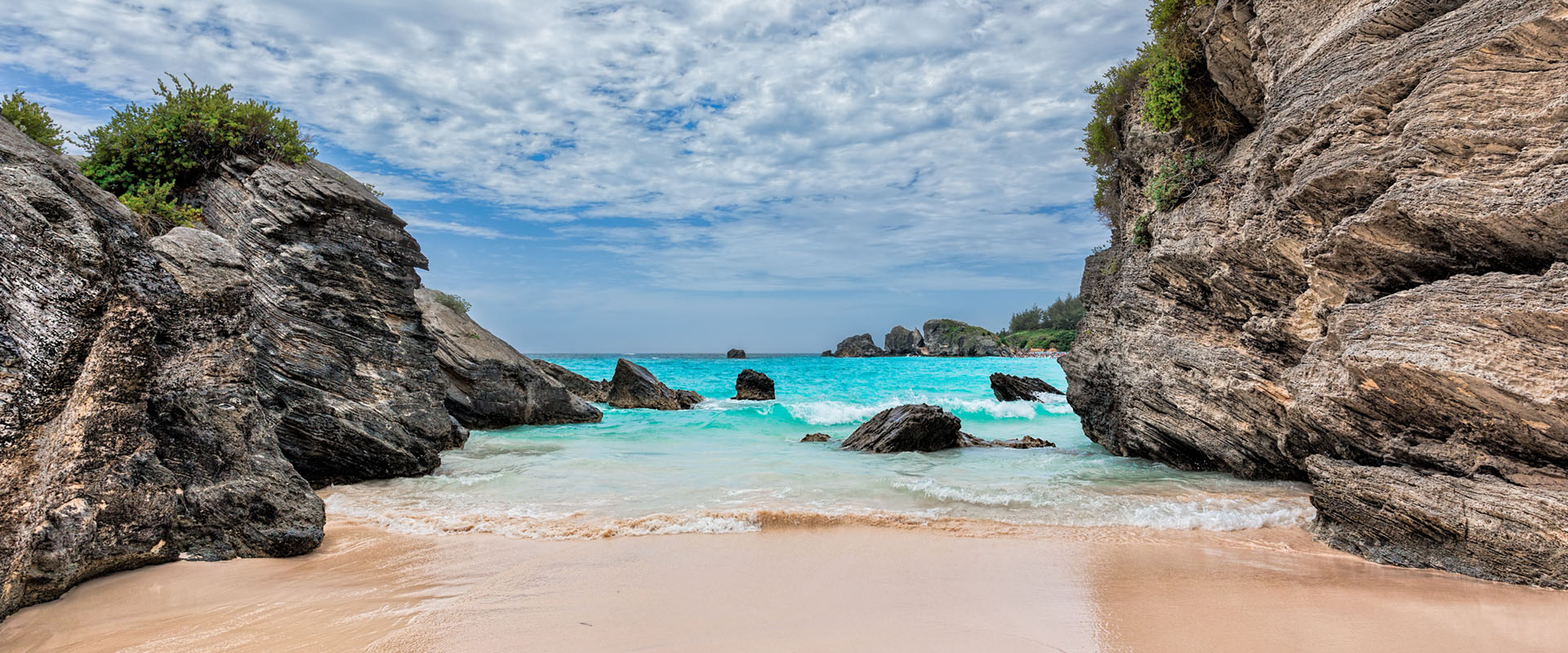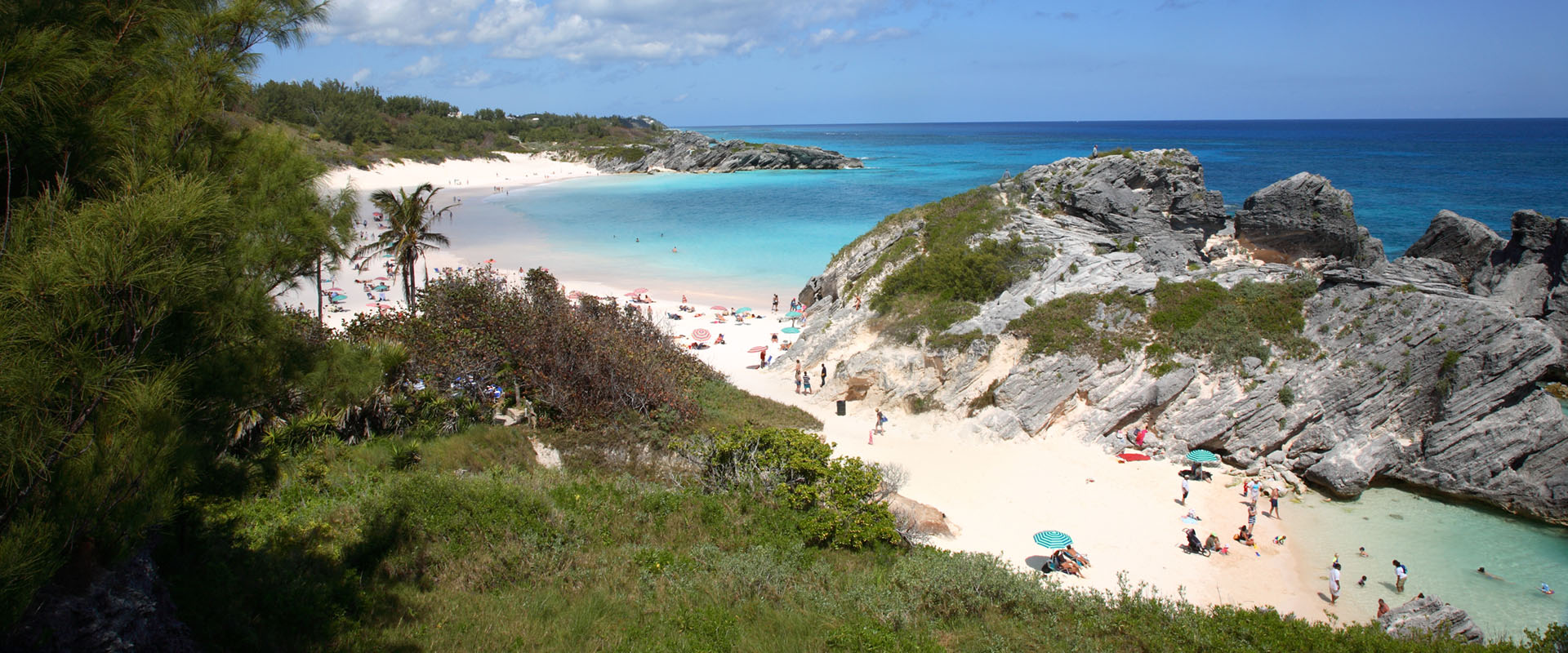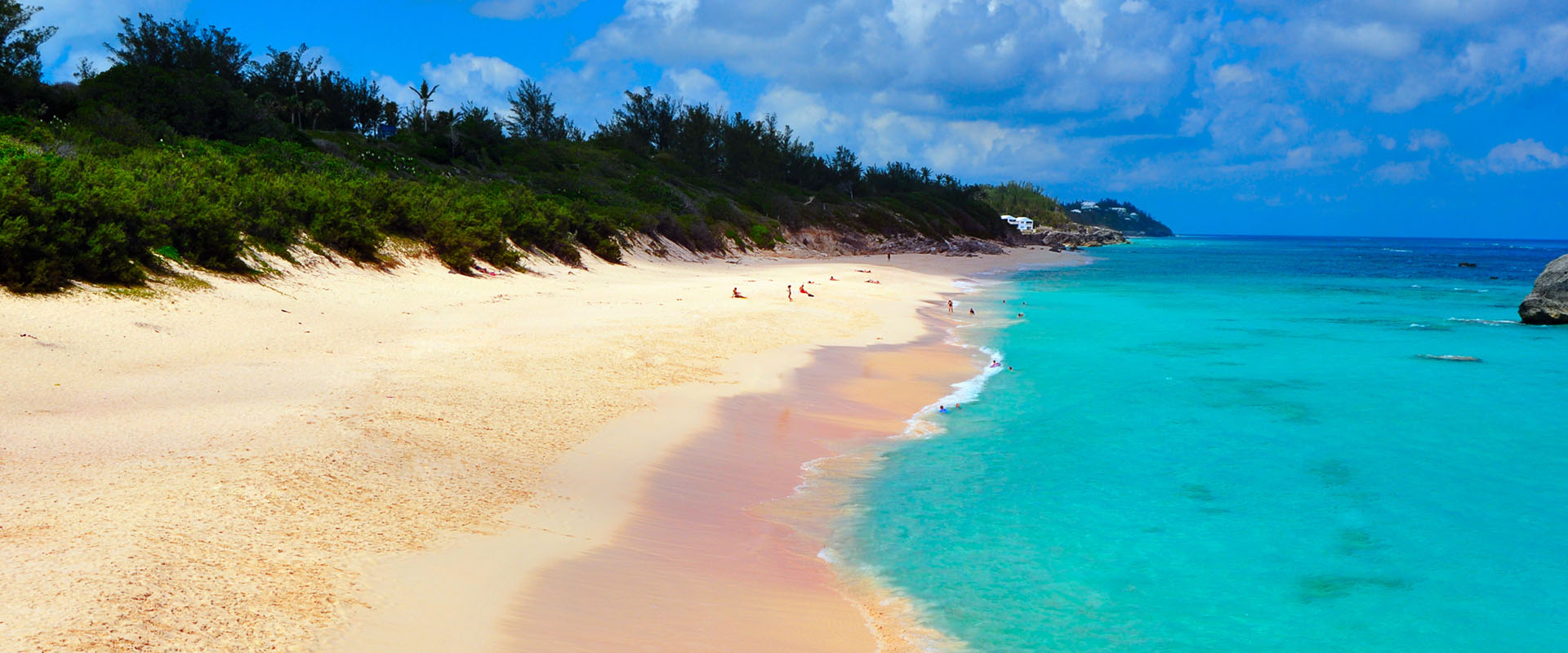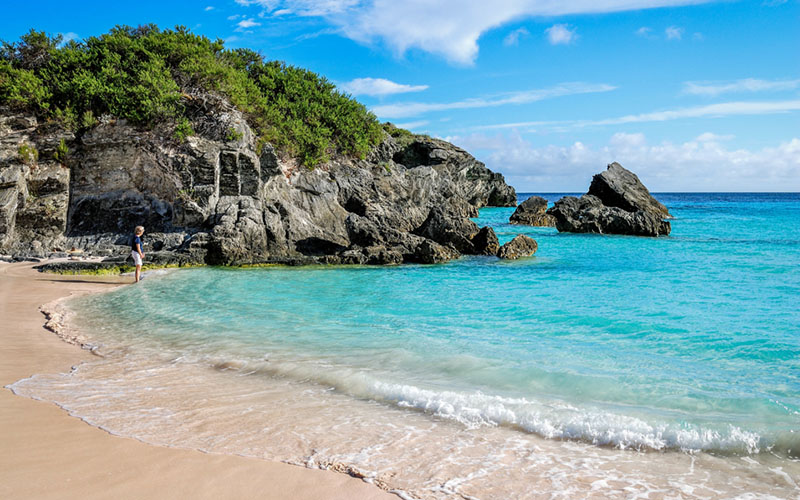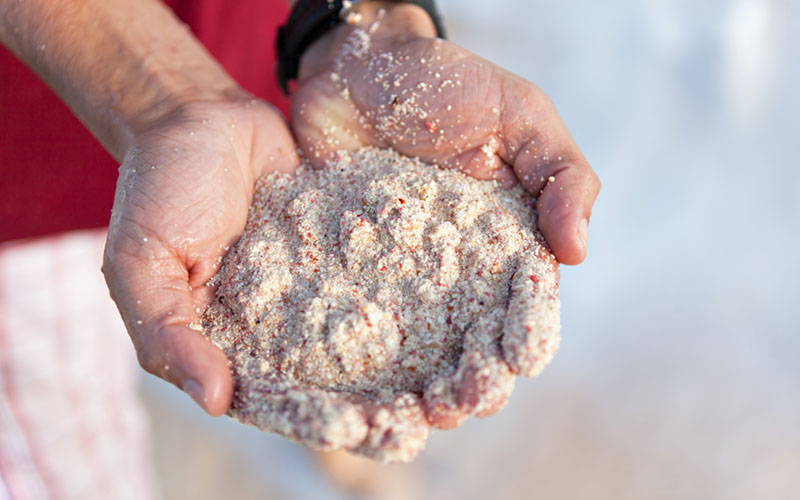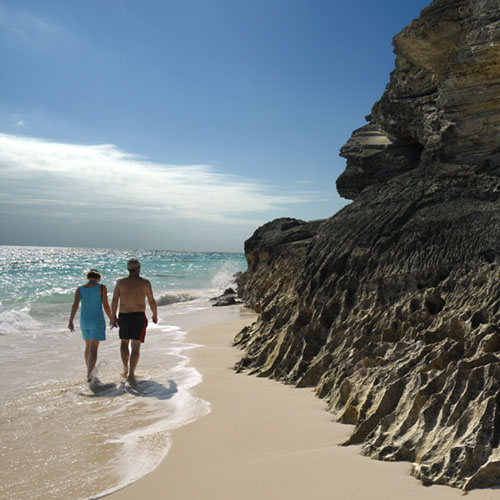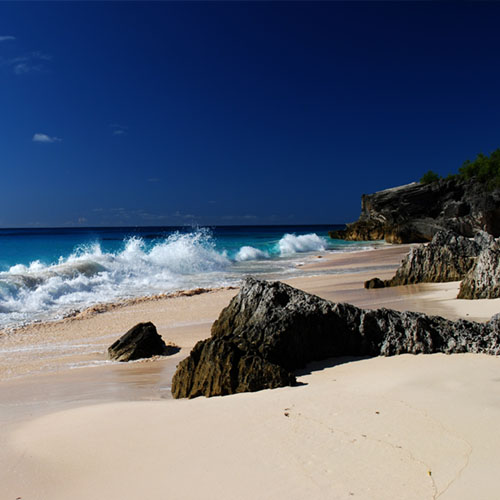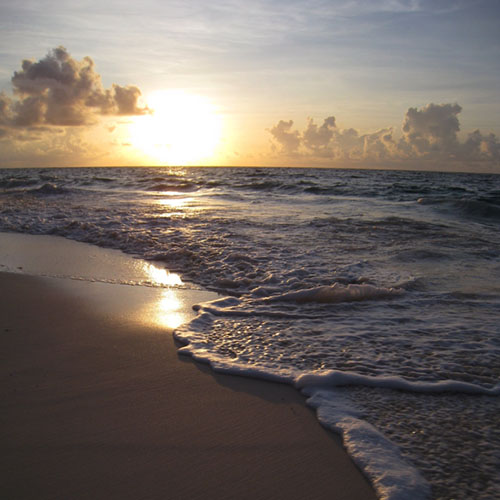Attractions
-
Invest in the Island’s Heritage Passport, which offers 4-day access to 8 museums for just $35 (adult) or $17.50 (child). These include the Bermuda Maritime Museum, Bermuda National Gallery, Bermuda Underwater Exploration Institute, Verdmont Historic House, Bermuda Aquarium, Museum & Zoo, Tucker House, Bermuda National Trust Museum and Fort St. Catherine.
-
The Royal Naval Dockyard on the western end of the Island is home to the Maritime Museum – located in a vast 19th Century fortress and exhibiting artefacts from the nation’s nautical heritage – along with some of the best preserved historic forts, making it more than just a mariner’s must!
-
Home to the Island’s first settlers, St George’s is the oldest continuously inhabited town of British origin in the Western Hemisphere and was named a UNESCO World Heritage Site on 30 November 2000. Wander through the picturesque, narrow lanes and cobblestone streets as you admire 400 years of architectural history. From the ancient stocks in King’s Square to the Commissioner’s House, designed by the Chief Architect of the British Royal Navy as the private quarters of the Navy’s top officer and located within the Keep (itself Bermuda’s largest fort) offering panoramic views of the West End and Harbour, it’s a historical odyssey.
-
Thanks to the Bermuda National Trust , a non-profit making organisation, many of the historic homes and places have been carefully preserved to allow visitors a look at architectural and cultural treasures. Frequent visitors can make the most of the one year membership scheme which allows entrance to its 50+ sites for only $20 per person or $35 for a family of four or free for UK National Trust members.
-
Threats from the French and the newly independent United States of America prompted British colonists to embark on an era of fort construction, resulting in over 100 forts being constructed over a period of four centuries. Bermuda was never fired upon in earnest and so many of these remain in excellent condition, making them a delight to explore.
-
For a glimpse of Bermuda’s past currency, including the hog penny, visit the Commissioner’s House where every type of British coin minted from as early as 1603 can be seen.
-
To find out more about the history behind the cultural legacy, why not visit the Bermuda National Gallery, located in City Hall, which is home to a permanent collection of English, Bermudian and African art plus ever-changing exhibitions.
-
Nonsuch Island is a pristine 15 acre living laboratory offering a glimpse of the natural Bermuda just as it was discovered 400 years ago. Its Thursday tours allow participants the chance to learn first-hand how Dr David Wingate set about recreating this “native” environment and reintroduced the indigenous Cahow seabird, which was previously thought to have been extinct for over 300 years.
-
Bird enthusiasts from all over the world regularly flock to Bermuda to observe the colourful combination of native species and migrating visitors, as they take a well earned rest en route from Canada to South America. For the best chance to observe some of the 360 bird species in their natural habitat, visit between September and April and feast your eyes on 850 acres of parks, reserves and marshes. Highlights include Somerset Long Bay Park - operated by the Bermuda Audubon Society - which also provides scenic picnic spots and a beach and Spittal Pond Nature Reserve, a 64-acre habitat for waterfowl and shorebirds, where visitors can also see the famous Spanish Rock and Jeffrey’s Hole, as well as Bermuda’s only two wild flamingos.
-
Take in the Botanical Garden’s 36 acre floral playground, home to Hibiscus, sub-tropical fruit and even aromatic gardens.
-
A nature lover’s dream, Walsingham Trust is home to live caves , collapsed sinks, brackish ponds and mangrove swamps along with the resulting wealth of endemic plants and trees.
-
More virtuous than its name might suggest, the pool of Devil’s Hole Aquarium – a former cave fed by underground passages – is stocked with more than 400 fish, including eels, groupers, sharks and turtles!
Don your headlamps and prepare for the breathtaking formations of stalagmites and stalactites that await as you descend through the cavernous networks that lie beneath.
-
Alternatively, Crystal Caves offers the more conventional approach to exploring their subterranean caves. Discovered by two boys in the early 1900’s while searching for a lost ball, scientists continue to discover new caves to this day, with the Fantasy Cave opened in August 2002 and a further due to open this year.
TELPHONE: 01372 372123




